Night Hiking: Tips for Exploring Trails After Dark
Night hiking transforms familiar trails into a realm of adventure and new perspectives. Despite the enchanting beauty, it poses unique challenges—navigating rugged terrain and judging distances in the dark. Proper preparation is key to safely unlocking the magic of night hiking on your local trails.
I. Night Hiking Equipment
When daylight fades, artificial light becomes essential for navigating trails. Night hikers also require more protective and safety gear to contend with risks amplified after dark.
A. Lights
No piece of gear proves more invaluable for night hiking than a light source. Your ability to move through the wilderness and take in views depends entirely on the quality, brightness, and reliability of your lighting.
1. Headlamp or Flashlight
Every night hiker should wear a headlamp. Headlamps keep your hands free and illumination directed where you look. LED technology offers the best combo of brightness and efficiency. Bring spare batteries or charge before outings. Some models include a strobe or distress setting. Waterproof models work best to withstand the elements. Choose options with red light capability to preserve night vision when stopped.
2. Backup Light
Redundancy provides critical insurance against getting stranded in the dark. Stashing an extra flashlight or headlamp in your pack in case of failures or battery issues means the adventure doesn’t end unexpectedly early. Some Ultralight night hikers attach mini keychain LED lights to the back of their hat as a lighter weight backup.
TAHAN Luminate Metal Mini Lantern is durable and water-splash resistant.
TAHAN Supernova Torchlight V2 rated IPX4 water-resistant.
B. Essential Gear
In addition to lights, several other non-negotiable items serve important night hiking safety and navigation functions.
1. Reflective Clothing
Reflectivity aids both hiker visibility in darkness and rescuer search efforts if injured or lost. Wearing reflective vest layers over outerwear provides 360 degrees of perceptibility for passing headlamps. Some packs come equipped with reflective patches and bands too. Road crossings prove extremely dangerous without reflectivity announcing one’s presence to drivers.
2. Navigation Tools
Unless on flat, well-marked urban greenway trails, night hikers need more than a cell phone flashlight to confirm their route. Carrying a trail map, compass, GPS device or locator beacon provides backup navigation essential if disoriented or in need of emergency rescue. Some download offline maps ahead of time in case of poor signal. Topographic maps contain key terrain clues for orienteering after dark.
3. First Aid Kit
Accident response time gets delayed at night with limited visibility and fewer people on trails to assist injured hikers. Even small cuts or ankle rolls take on heightened severity miles into the woods at 2am. Night hikers must prepare for self-reliance with basic trauma supplies until able to exit safely or call for help at sunrise.
4. Multi-Tool/Safety Knife
A versatile multi-tool containing pliers, screwdrivers, scissors, knife, and flashlight helps make small repairs or cut through brush and thickets if lost or injured off trail. Their compact size balances utility in emergencies.
C. Optional Gear
Depending on conditions and personal preferences, several other items enhance comfort, safety, and the night hiking experience.
1. Cell Phone Charger/External Battery
Modern phone flashlights work great in a pinch but drain quickly without an external charger and cord. Some night hikers also download offline maps or emergency beacon apps that require significant battery reserves. Extending phone performance aids light and communication abilities.
2. Insect Repellent and Protective Clothing
Blood-sucking insects like mosquitoes and ticks read night hiking as an open dinner invite unless treated with sprays, clothing choices mitigating exposed skin, and frequent checks post-hike. Malaria medication provides essential protection when night hiking in high-risk regions.
3. Camping Gear for Overnighters
For multi-day excursions, comfortable tent and sleeping systems, campsite tools like fire starters and lanterns, plus food prepping equipment get added to the packs. GPS devices with built-in transponders capable of sending texts or SOS alerts provide extra security in remote backcountry at night.
Having reliable lighting and backup safety systems tailored to the specific night hiking challenges allows unleashing the full magic.
II. How to Hike at Night
Mastering the basics of night hiking technique boosts enjoyment and safety. Developing trail instincts attuned to darkness takes some retraining for day hike veterans. But a few tweaks to habits easily facilitate the transition.
A. Be Aware of Surroundings
Tunnel vision plagues night hikers vulnerable to tripping on obstacles partially hidden in shade. Shine lights not just forward but periodically to the sides and at your feet to reveal potential pitfalls. Pause to scan terrain ahead through trees before progressing. Slow pace enough to adequately identify threats like drop-offs or loose rocks. Listen for other trail users, avoid noisy earbuds. Stay alert!
B. Pack Your Bag Mindfully
Balance gear weight across hips and chest. Bulky items go high between shoulders, dense cargo lower by hips. This anchors hikers experiencing vertigo from impaired depth perception at night. Prepare to shed or add layers quickly before temperature drops by having clothing accessible. Stash lights, maps, tools for easy access too. Plan water and snacks to maintain energy.
C. Time Your Hike
Judge distances carefully accounting for slower night speeds. Whether hitting trails at dusk or racing sunrise on overnighters, allot ample time to complete intended routes or set up camp before dark. Schedule night hikes on clear nights around full moons for additional visibility from natural light. Return down steep or rocky trails before moonset if no other light sources available.
D. Use Flashlight Wisely
Dim lights when talking to others, tilt beam down by feet when stopped to avoid blinding those passing. Close unused eye when checking map or GPS to protect adjusted night vision. Periodically switch off headlamp to appreciate surroundings using senses besides sight. Red light mode minimizes loss of depth perception and darkness adaptations.
E. Know Your Gear
Practice using tools, controls, straps at home before relying in the dark. Navigate by GPS at night around neighborhood first to learn functions. Test run safety tools needed in emergencies so using them comes naturally if high-stress situation later. Break in hiking boots before long outings to prevent blisters.
Developing key skills and honing night instincts keeps the path illuminating magical new discoveries. Remaining ever-vigilant to the environment while managing gear, timing, and light discipline allows adventures to continue long past sunset!
III. Night Hiking Safety Tips
While thrilling, night hiking poses objective hazards that require mitigation strategies beyond daylight precautions. Prior proper planning prevents poor performance applies doubly after dark.
A. Know the Path
Choose routes matching current ability levels. Stick to easier, non technical trails already completed successfully by day first. Be realistic about diminished capabilities adjusting for night’s tricks. Have backup options allowing early exit if issues. Inspect trail maps, conditions reports, and permits required beforehand.
B. Bring a Friend / Hike in Groups
Solo night hiking significantly compounds risk on remote trails. Adding other companions allows assistance if injured, navigation confirmations, and extra lights. Solo hikers staying local should inform someone of specific planned route and estimated finish time. Consider reporting trailhead to rangers too.
C. Research the Risks
Get informed on night-specific dangers like disorientation, wildlife encounters, cold injuries, and lack of visibility during emergencies. Certain times of year may require more precautions as seasons and animal behavior changes. Become familiar with night hiking safety best practices.
D. Know Your Limits
Pay attention to energy levels and don’t push beyond exhaustion, experience, or comfort just to claim additional miles after dark. Be conservative choosing distances estimating slower pace. Have reasonable turn around times based on daylight remaining. Don’t let peer pressure or ego lead into perilous situations. Stop early rather than risk nightfall mid-route better to live to hike another day.
E. Carry Multiple Lights
Redundancy provides critical insurance policy if primary light fails. Stash that backup headlamp and extra batteries inside pack where accessible quickly. Alert others immediately if main source dies and work as team in tight quarters til swapped safely. Have contingency evacuation plan if unable to restore sufficient lighting to exit trail safely.
As the adage goes, “it is better to turn back and safely exit under their own power than be carried out on a litter after nightfall.” Allowing proper buffers and backup systems provides every opportunity to achieve that goal when darkness falls.
IV. Types of Trails Suitable for Night Hiking
While some daredevils immediately seek rocky ridgelines and steep ravines to conquer after dark, beginners benefit starting on more forgiving routes before progressing.
A. Urban Trails
City park paths and greenbelt trails often remain partially lit at night. They pose minimal elevation changes or technical obstacles while allowing easier bailout points if issues arise. Urban trails simplify navigation and offer more visible landmarks at junctions. This provides a gentler introduction to night hiking.
B. Full Moon Hikes
Planning routes during full moons utilizes free additional visibility from the extra light. Thebrightness allows first timers to maintain better views of footing and contours. While headlamps still recommended as precaution, the lunar phases assist novice acclimation.
C. Familiar Trails
Retracing paths with known mileages, water sources, intersections, and camping spots provides confidence. Complete them previously by daylight multiple times to understand daytime equivalencies. When blinded by darkness and disoriented, recognizing surrounding terrain by memory to reestablish positioning proves essential. Stick to the familiar before branching out more remote.
While veterans eventually chase bigger adventures like exposed ridge traverses, peak ascents, or multi-day through hikes relying entirely on night travel, beginner baby steps build skills safely. Start simply to develop experience before graduating technical difficulty. Smart night hiking means matching abilities to challenge levels with room to spare.
V. Hazards to Be Aware Of
While eternal darkness poses inherent risks, awareness and precautions mitigate trouble. Understanding common night hiking hazards makes confronting them easier.
A. Wildlife Activity
Nocturnal critters like rodents, foxes, and owls roam trails more actively after hours while diurnal animals sleep. Research likely species in the region before outings. Properly store food away from camps and make noise while hiking to avoid surprise encounters. Look for eye shine reflecting light sources to detect animals. Give extra space if seen.
B. Tripping Hazards
Rocks, roots, and foot placement obscured by darkness lead to stubbed toes or twisted ankles if not careful. Scan terrain constantly ahead through beam periphery when walking. Choose steadier pacing allowing reaction time. Wear high top shoes or boots providing ankle support. Collisions also more likely when passing other hikers if detections delayed.
C. Temperature Drops
Air and wind chills plummet 30 or more degrees Fahrenheit at night, even summer. Pack extra insulating layers, gloves, hats beyond daytime quantities needed. Stay calorie fueled and hydrated to maintain body warmth. Know signs of hypothermia as exposure risks increase if injured or lost long-term. Emergency blankets crucial for shock prevention.
While the thrill-seeking adventurer may temptation danger during daylight, the seasoned night explorer respects the risks and prepares to avoid trouble. Stay alert to the presence of nocturnal threats, but don’t let perception spoil the serenity to be found under the stars. Calm analysis of conditions and hazards allows their smooth traversal.
VI. Essential Items for Night Hiking
While gear must adapt to the specialized nighttime demands, a few key items serve universal needs after dark.
A. Portable Light
Top headlamps minimally 300 lumens throw needed for trail identification without losing periphery vision. Handheld flashlights useful for task-work in camp. Consider multi-fuel options not relying solely on batteries in remote settings.
ESEN97 LED Motion Sensing Headlamp weighs only approx. 100g with 150lm.
TAHAN Luminate Metal Mini Lantern weighs only approx. 200g with 360-670lm.
TAHAN Supernova Torchlight V2 weighs only approx. 200g with 1000-1300lm.
B. Extra Layers
Temperatures dropping 30 or more degrees Fahrenheit after sunset may necessitate upper body layers beyond expected dayside needs. Carry an emergency reflective mylar or lightweight down jacket to battle precipitation or cold if immobilized by injury past intentions.
C. Snacks and Water
Maintain energy reserves snacking hourly while hiking. Digestion aids warmth production. Hydration essentials for overnight trips include water filters, drops, or carrying capacity to pack in enough supply. Dry mouth occurs easily in cold, low humidity night air. Electrolyte sources replace depleted salts too.
By properly equipping ourselves with these essential items and the surplus of knowledge about safe night hiking practice outlined previously, the adventurous discover the trails hold additional beauty after dusk few witness firsthand. The mysteries of the night beckon brand new milestones achieved under starlight. With proper precautions, preparation, and just the right pioneer spirit, we earn passage to this landscape unseen by hesitant daytime eyes. Night hiking offers entirely new perspective on our favorite wild spaces – are you ready to embrace the awakening darkness?
Summary
Night hiking unveils familiar trails in a new, mysterious light, offering unique rewards like cooler temperatures, wildlife sightings, and scenic night skies. Proper preparation, including lighting and navigational tools, mitigates challenges. Respect the hazards, progress from beginner to advanced terrain, travel in groups, and inform others of plans. Discover sensory rewards and stunning landscapes at night, building competence and courage with fundamental gear and safety practices for an exciting new hiking perspective beyond dusk.
FAQs about Night Hiking
Yes, if beginners start on easier familiar trails already completed successfully by day and use proper lighting, precautions should make first night outings safe.
Solo night hiking compounds risks but remains possible for skilled hikers fully prepared with redundant lighting, communication and trailing their route to contacts. Novices should start accompanied.
Quality headlamp providing 300+ lumens, backup light, navigation tools, first aid supplies, reflectivity aids, external phone power, insulating clothes, and snacks/hydration critical.
Limited visibility exacerbates tripping and animals hazards. Sprains from unseen footing obstacles common while wildlife confrontations more likely in their active hours. Cold injuries set in faster too.
Choose familiar, non technical trails matching abilities, travel with others when possible, inform contacts of plans, stick to routes avoiding getting lost, bring redundant lighting/navigation options in case issues, dress warmly, and know limitations.
Thank you for taking the time to explore our article! If you’re hungry for more camping tips and outdoor adventures, check out our next insightful piece on essential gear for a memorable experience here. Happy reading!


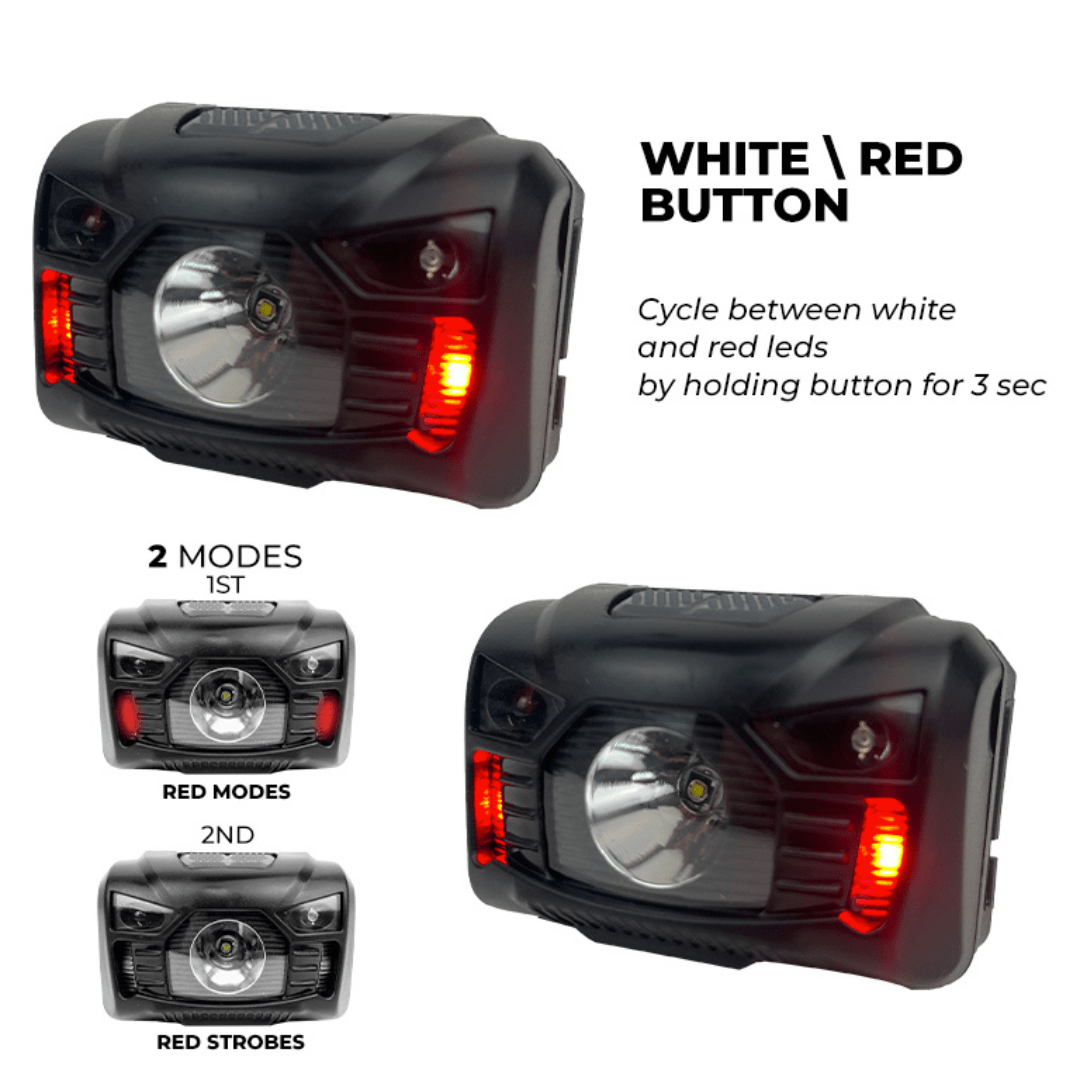
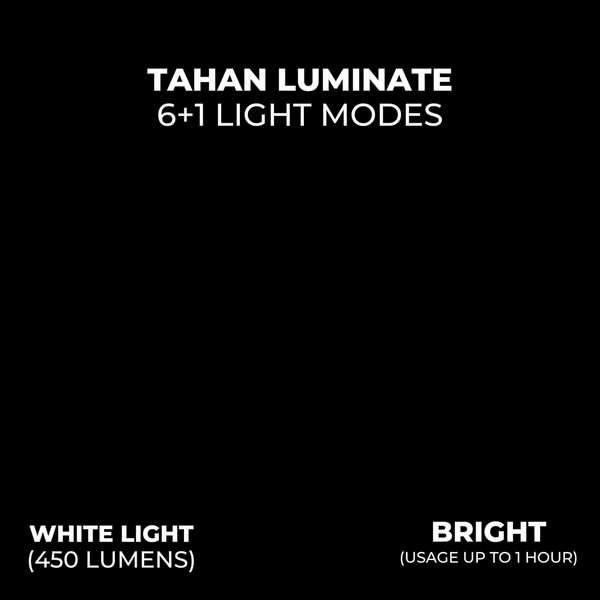
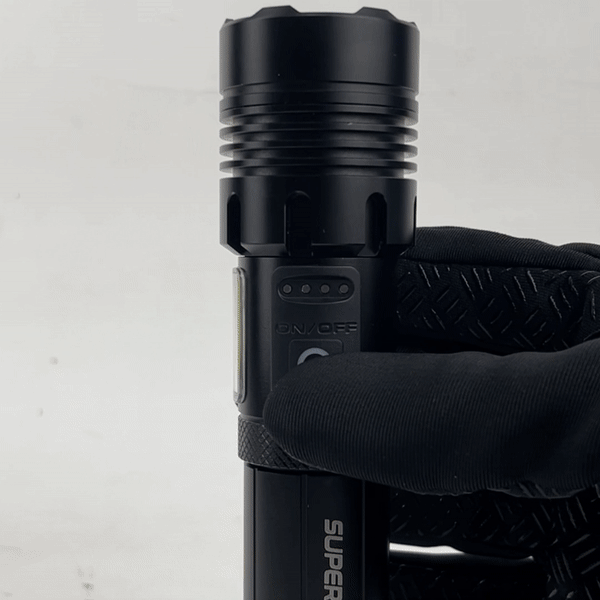

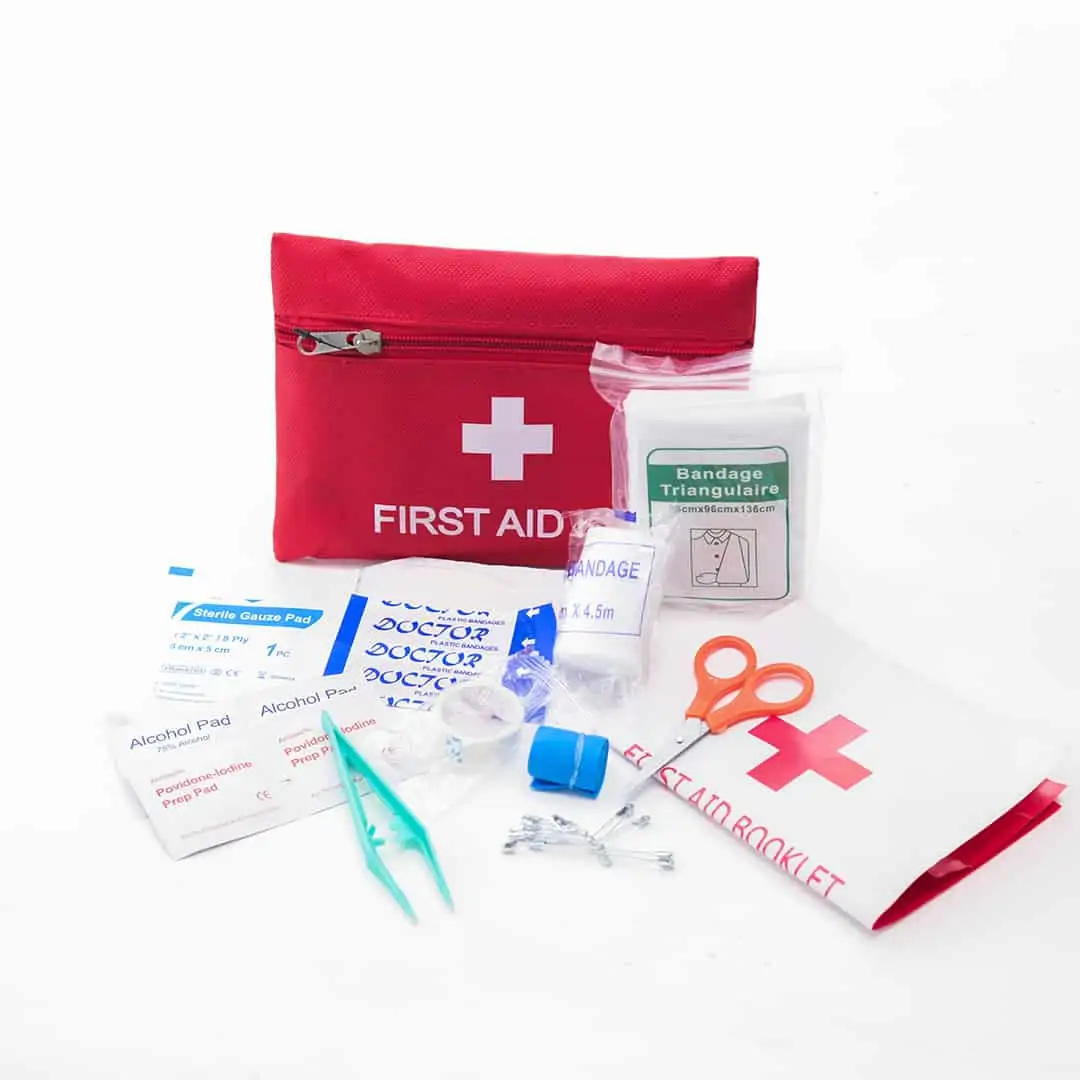
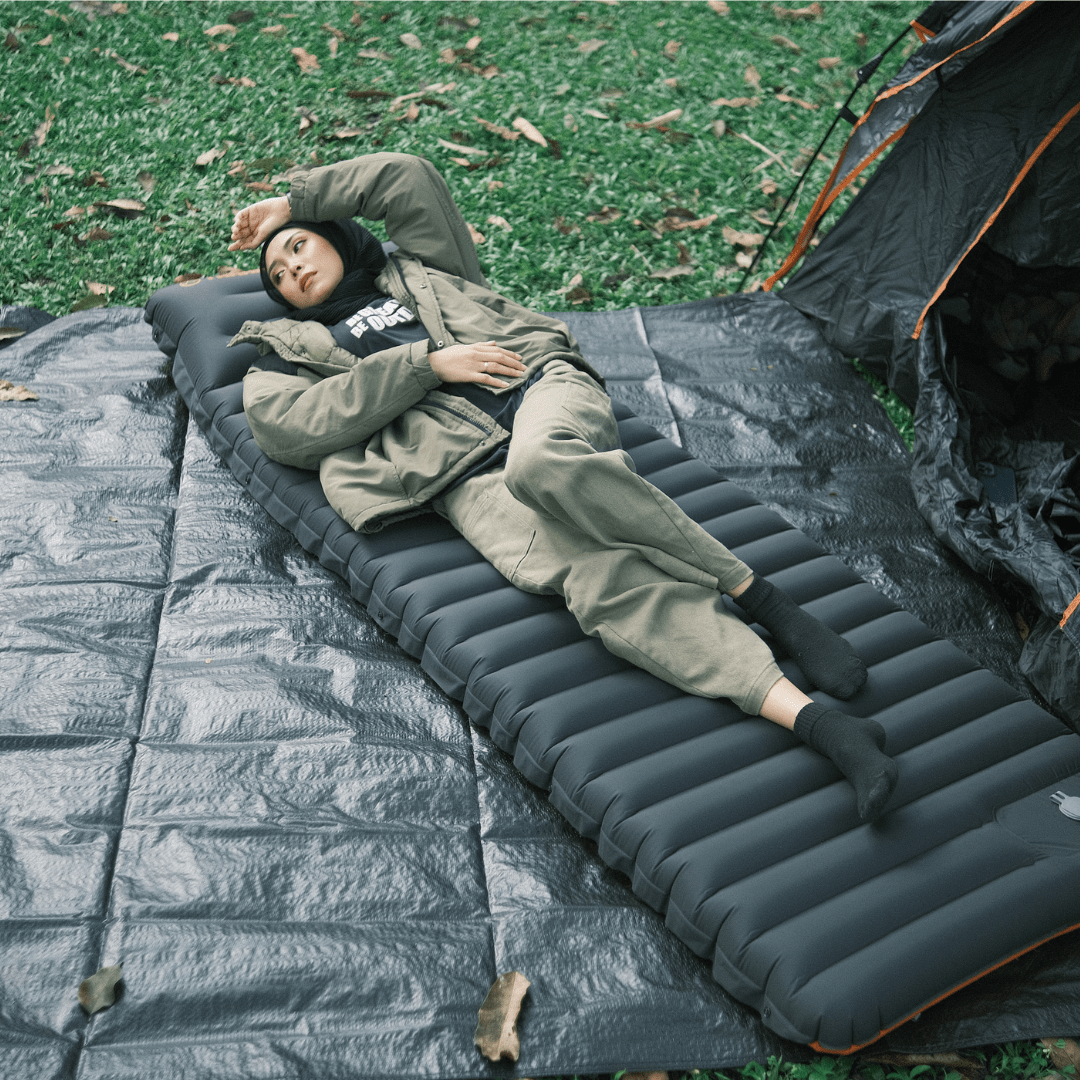
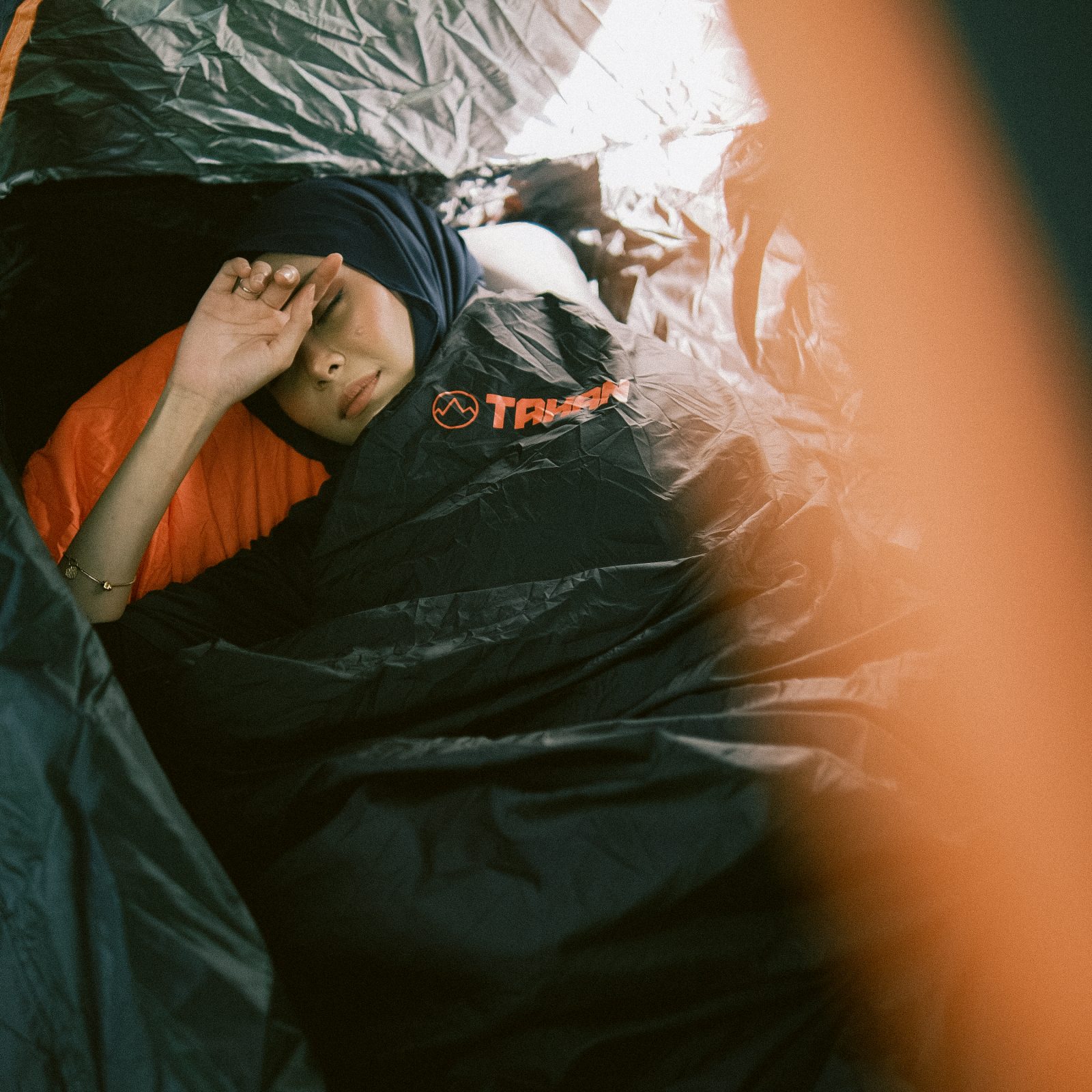
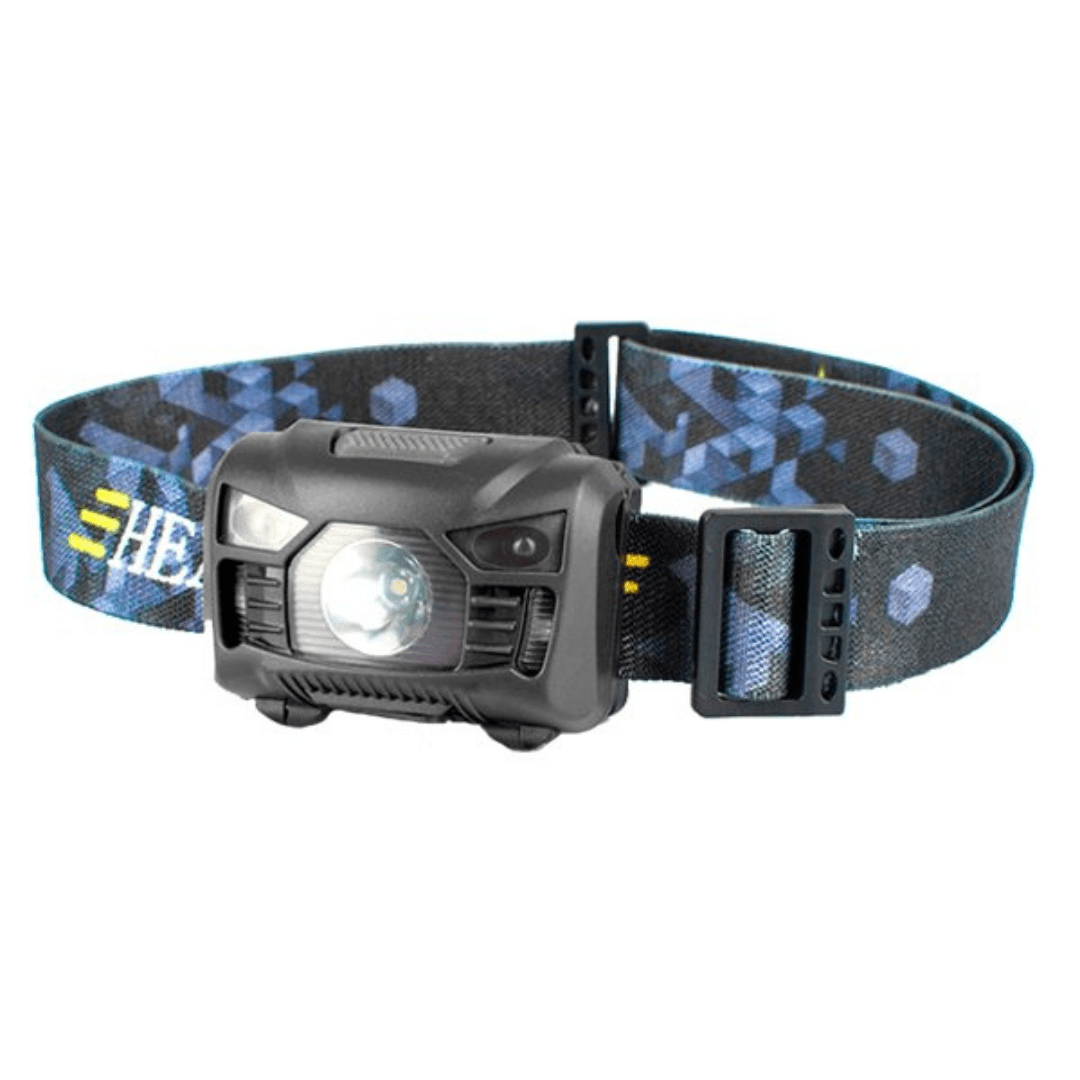
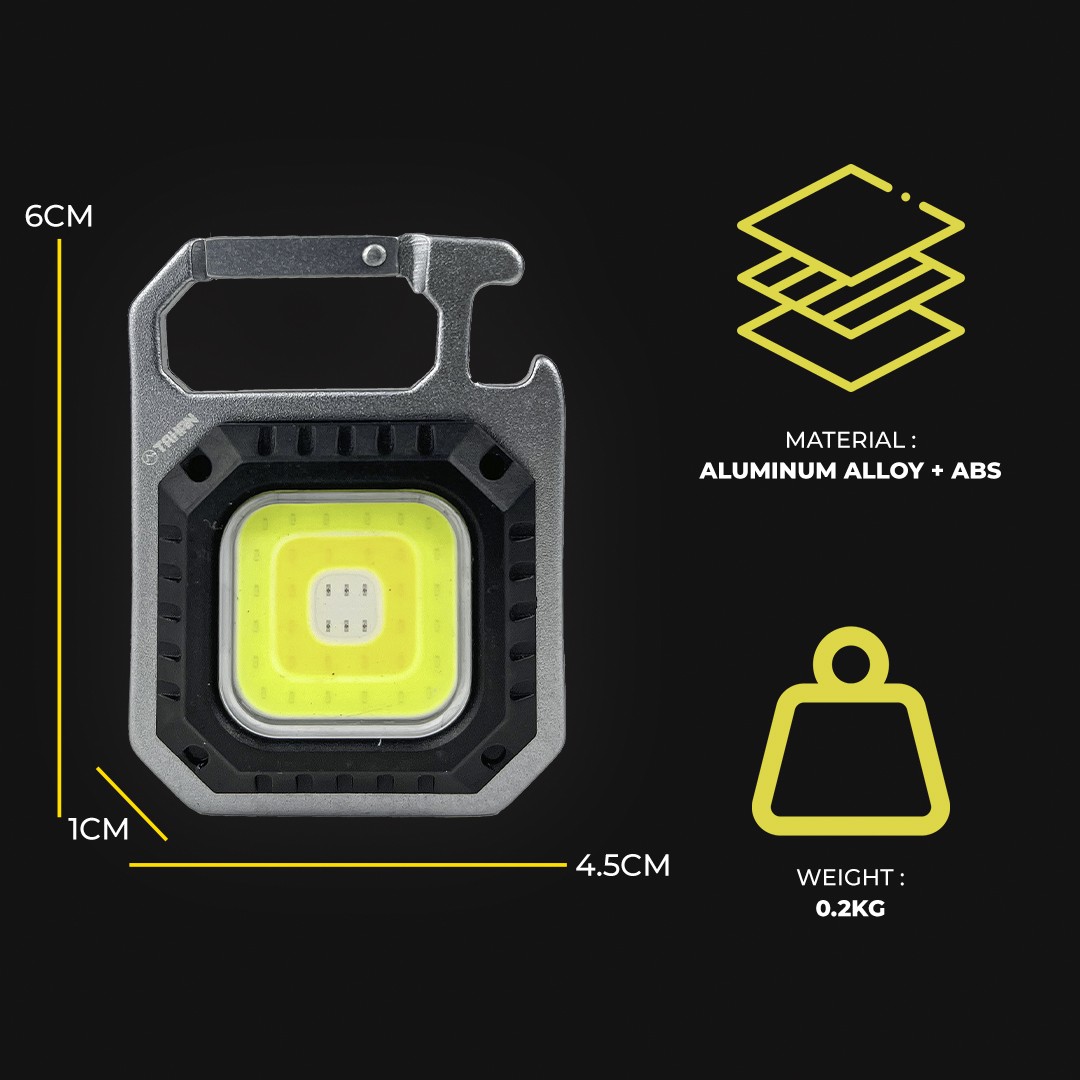
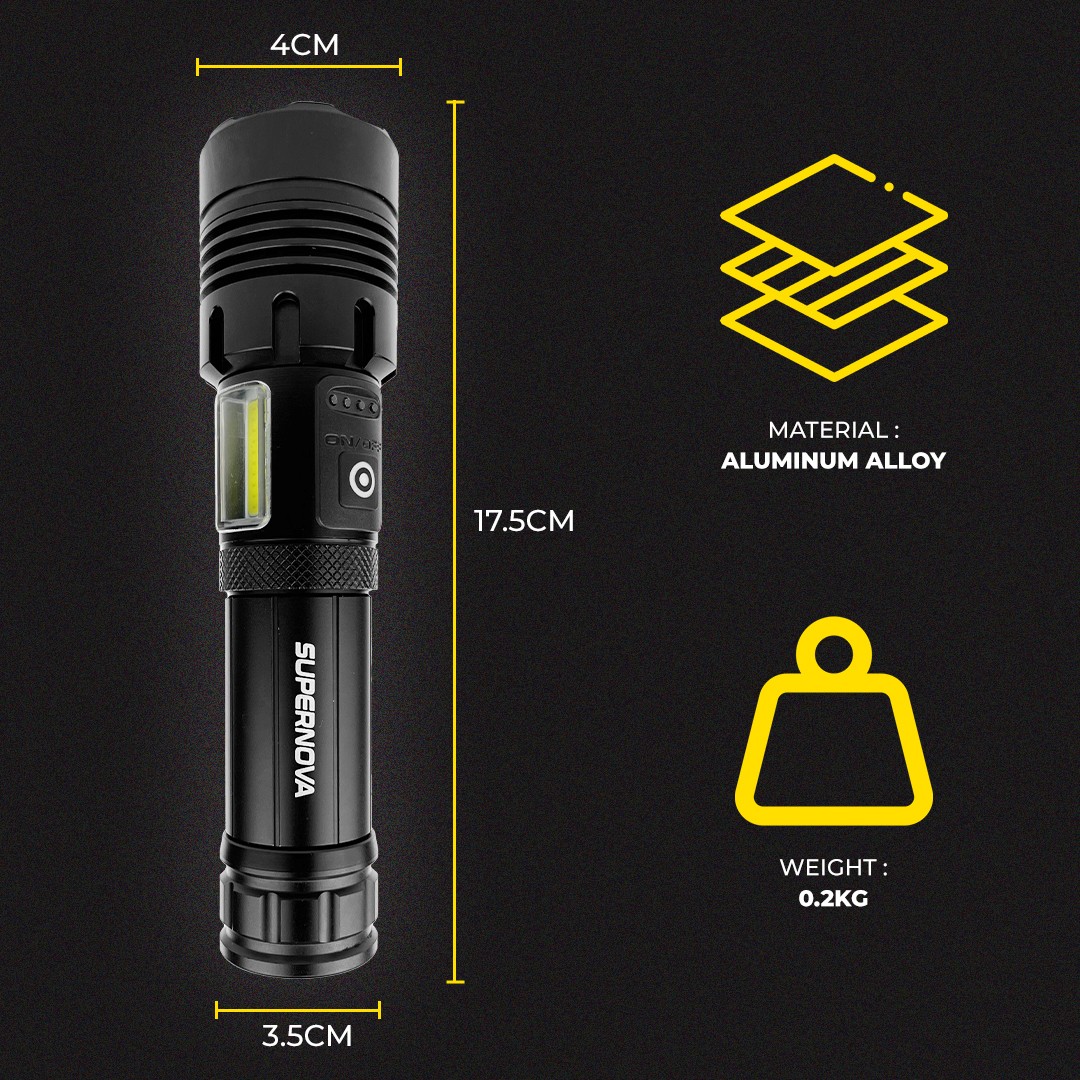
Shop Our Gears
Camp & Hike
TAHAN
COMBO
SLEEP SYSTEM
More tips that you might find useful:
12 Secrets to Getting Cheap Flights in Malaysia
1 Comments
马来西亚露营:户外探险综合指南
Camping in Malaysia: A Comprehensive Guide to Outdoor Adventures
2 Comments
Conquering Mount Kinabalu: A Hiker’s Guide to Malaysia’s Highest Peak
Camp Cooking Gear Guide – Build the Ultimate Camp Kitchen!
Top 5 Most Popular Campsites in Selangor
Ultimate Guide to Tropical Leisure Camping in Malaysia: TAHAN’s Top 5 Gear Picks
The Ultimate Guide to Hammock in Malaysia: Comfort, Adventure, and Relaxation